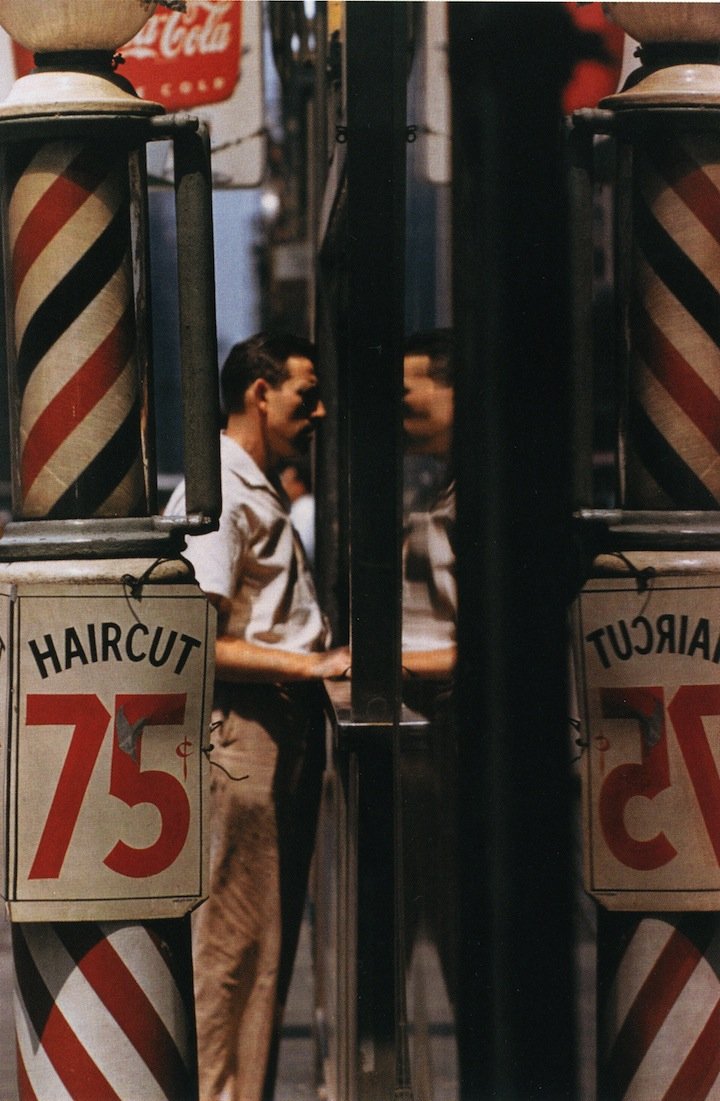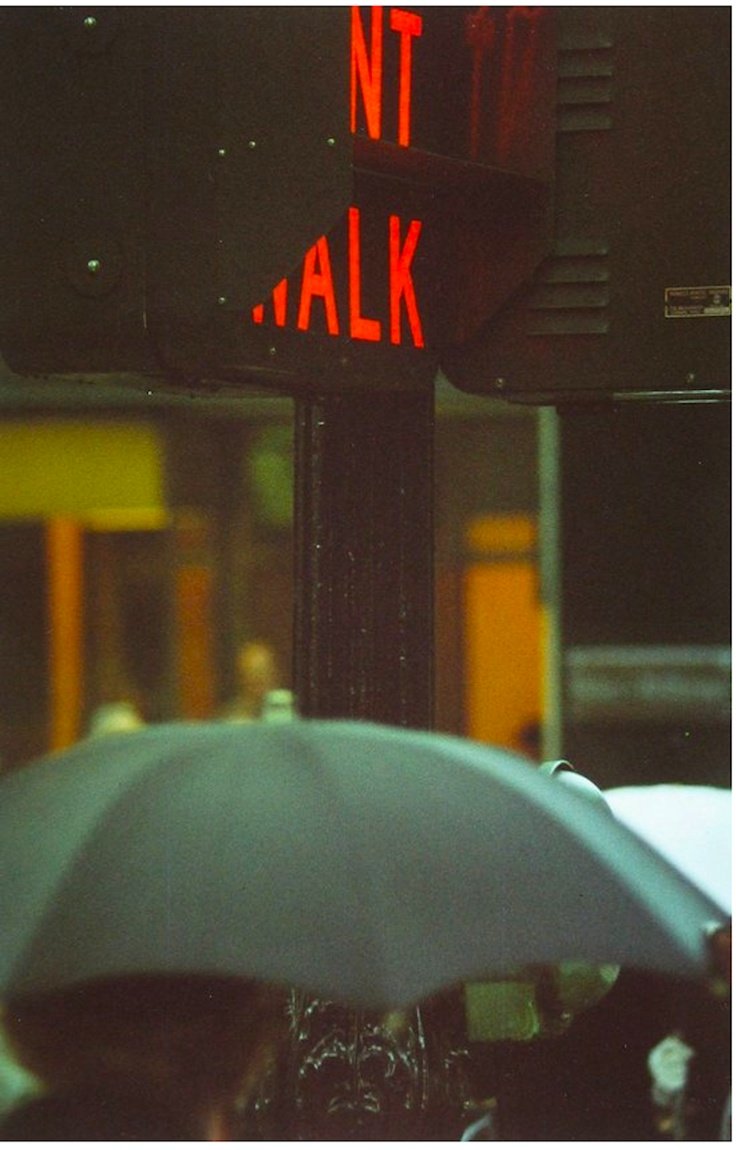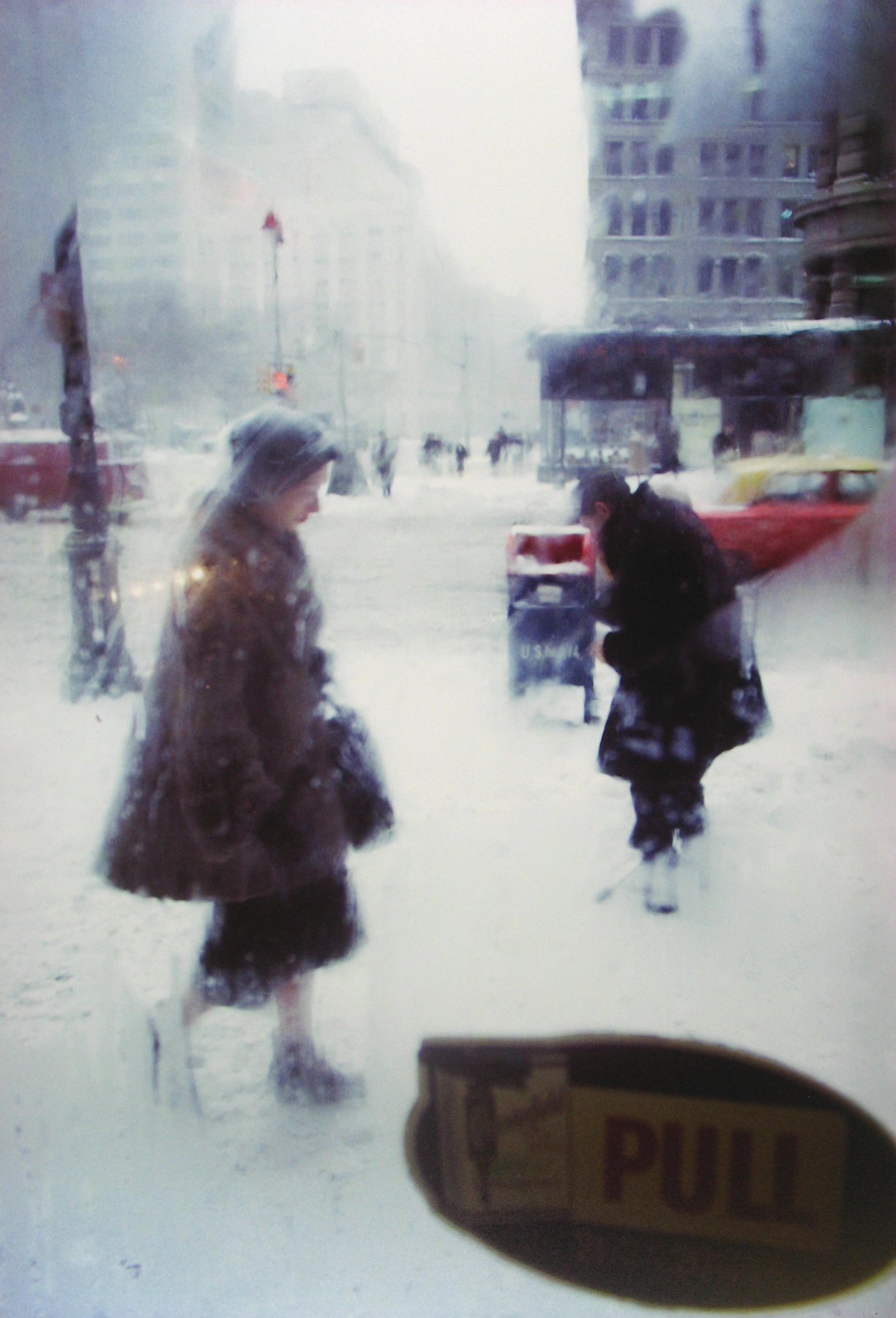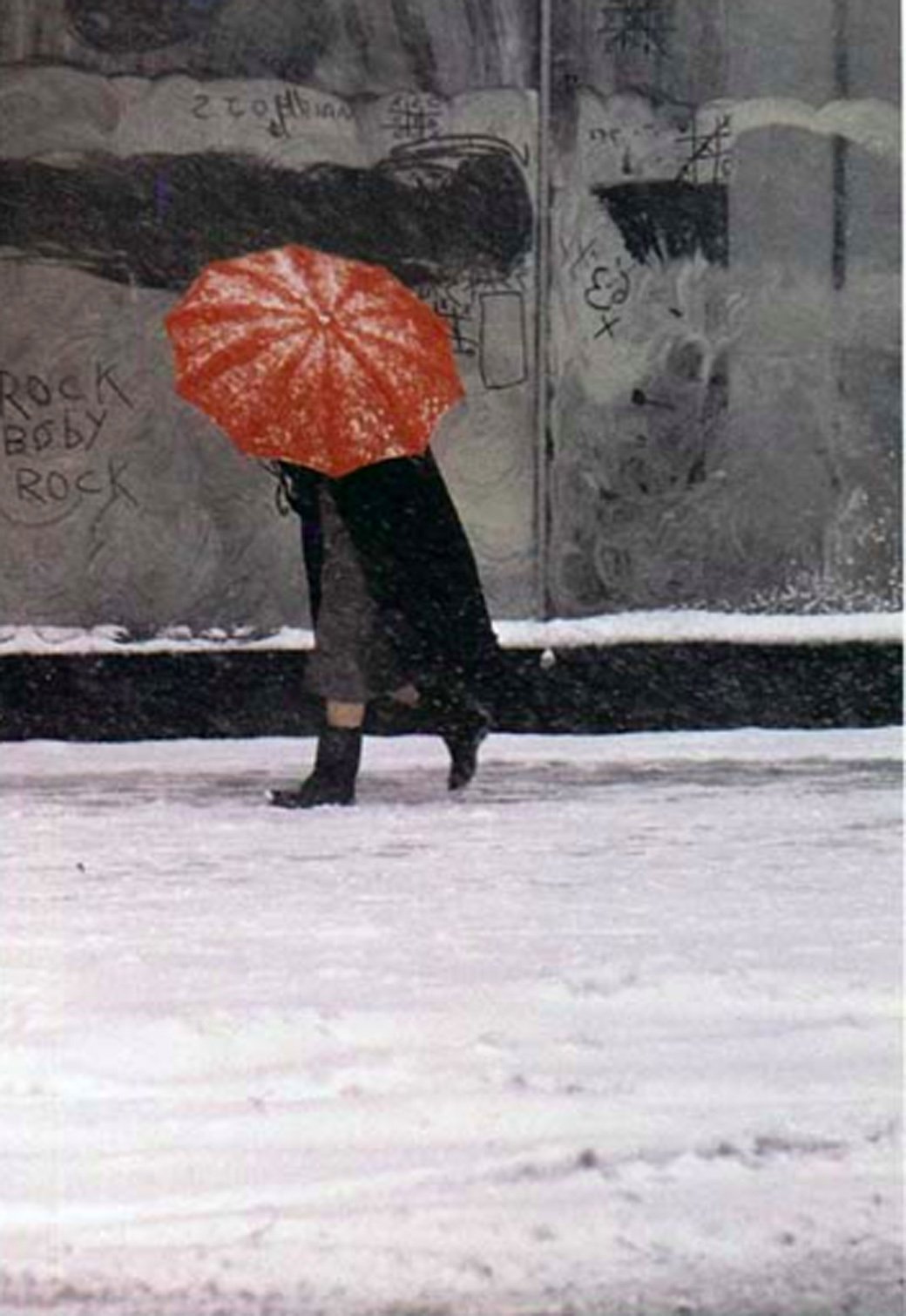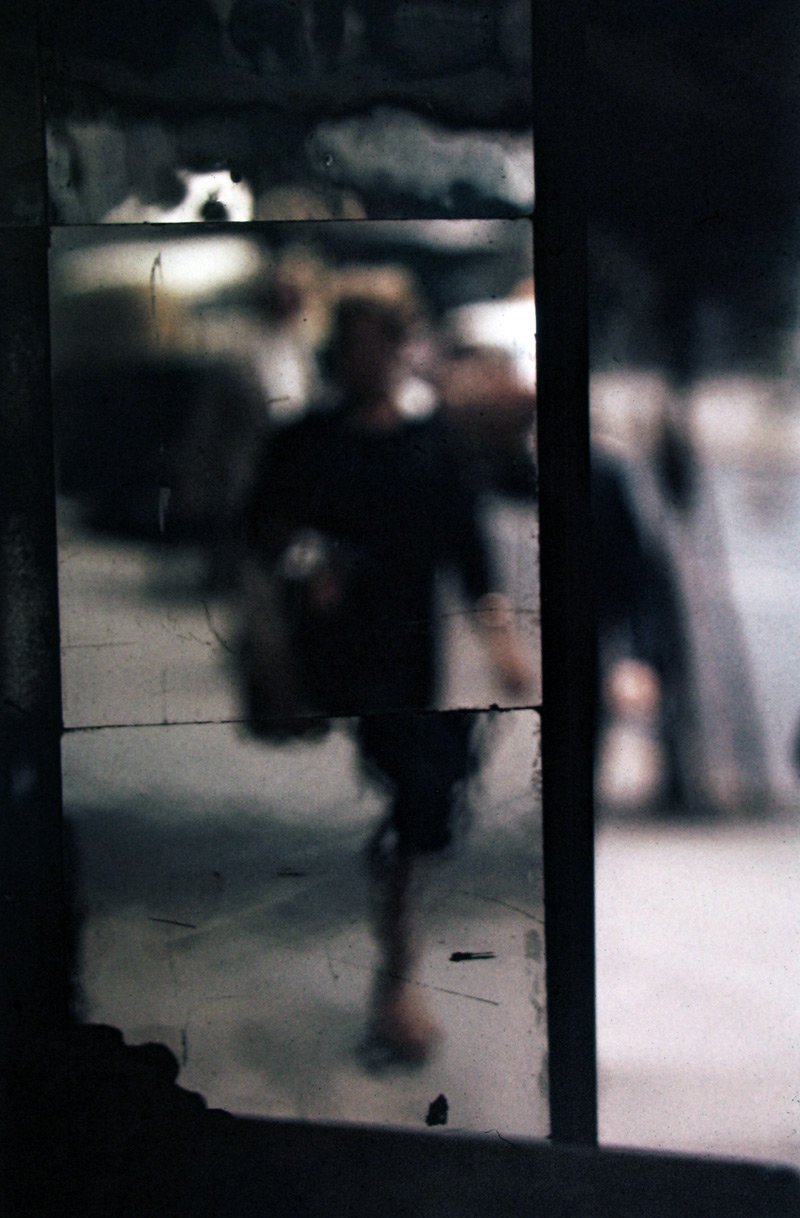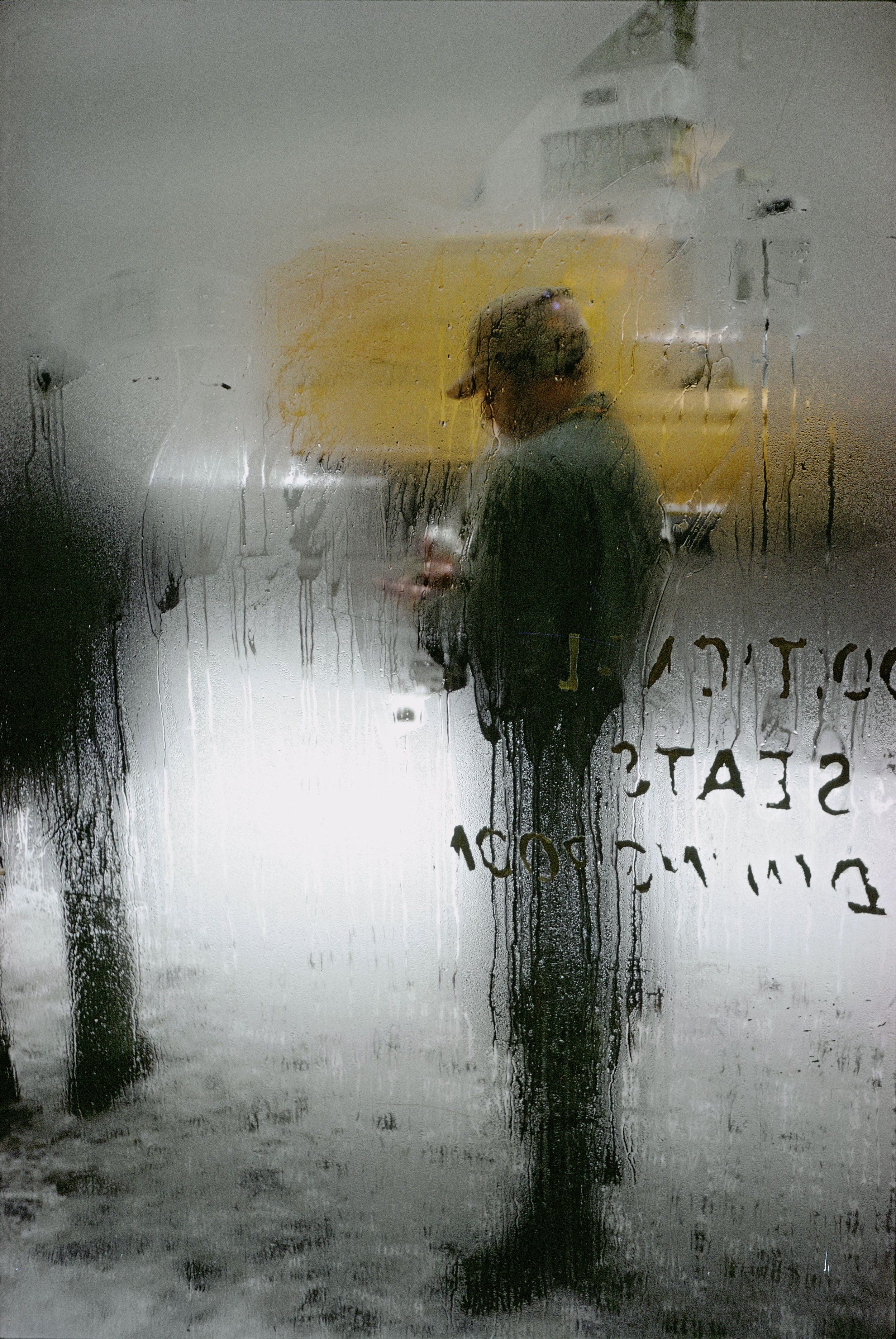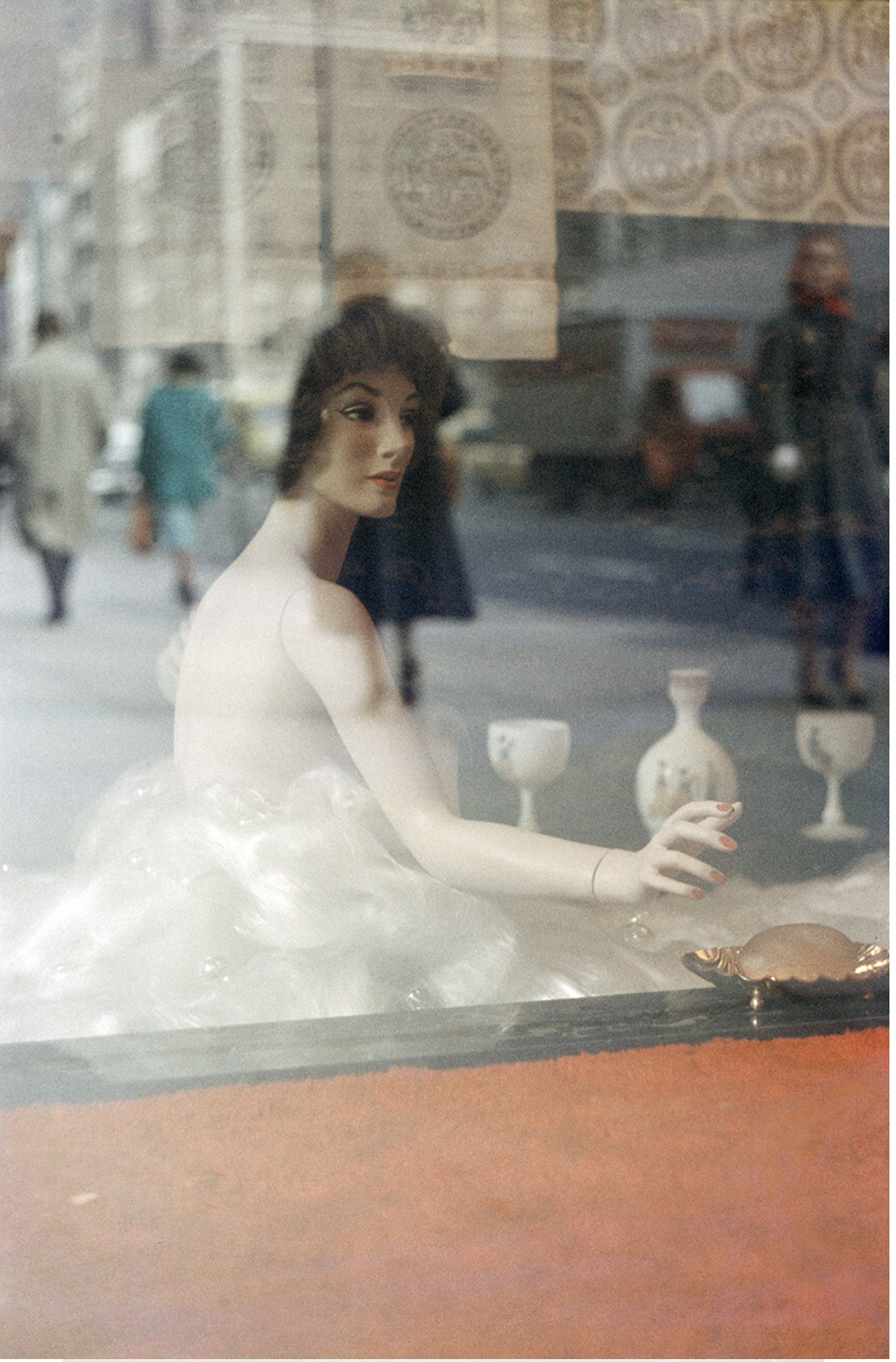Which is Better? Black and White or Colour?
“One very important difference between color and monochromatic photography is this: in black and white you suggest; in color you state. Much can be implied by suggestion, but statement demands certainty... absolute certainty.” Paul Outerbridge
"I have done no color of consequence for thirty years! I have a problem with color—I cannot adjust to the limited controls of values and colors. With black-and-white I feel free and confident of results". Ansel Adams
__________________________________________________
[2] -Saul Leiter
Saul Leiter
or “There is another world, but it is in this one." W.B. Yeats
(December 3, 1923 – November 26, 2013)
“I spent a great deal of my life being ignored. I was always very happy that way. Being ignored is a great privilege. That is how I think I learnt to see what others do not see and to react to situations differently. I simply looked at the world, not really prepared for anything.”
"Seeing is a neglected enterprise."
Leiter was born in Pittsburgh, Pennsylvania and studied to become a Rabbi. But at age 23, he left theology school and moved to New York City to become an artist, in 1946."
He was then encouraged to pick up a camera by his friends Richard Pousette-Dart, an abstract expressionist painter, and W. Eugene Smith, a great photojournalist. So he was soon taking black and white pictures with a 35 mm Leica.
He developed his career by associating with other contemporary photographers such as Diane Arbus and, in the 1940s and 1950s, was an essential contributor to what came to be known as the New York School of Photography. But he deviated significantly from Diane’s style, finally finding his own way.
"I admired a tremendous number of photographers, but for some reason I arrived at a point of view of my own."
His early and most well-known photographs are in black and white. He blurred the subjects through the windows and framed the subjects with precise compositional choices. His black-and-white work was featured in the book "The New York School".
Although Saul Leiter was a successful fashion photographer in the 1960s, it wasn't until the 1990s that his coloured street works gained recognition. Leiter introduced colour into the world of Haute Couture, dominating the pages of Harper's Bazaar, Elle, and Vogue. However, his career in fashion was short-lived as he never found true satisfaction in it. Leiter lived a "Zen lifestyle" and never sought fame. He even claimed that deep down, he desired to avoid success.
He was officially recognized as a “Color” author in 1957 at the MoMA in New York, during the conference “Color Experimental Photography in Color” and later in his life (his monograph Saul Leiter: Early Color was published in 2006), the general public discovered him and became known for his vivid, colour street photographs. The book showcases one hundred painterly images that pushed the limits of photography during the latter half of the twentieth century.
” I think I’ve said this before many times—that photography allows you to learn to look and see. You begin to see things you had never paid any attention to. And as you photograph, one of the benefits is that the world becomes a much richer, juicier, visual place. Sometimes it is almost unbearable—it is too interesting. And it isn’t always just the photos you take that matter. It is looking at the world and seeing things you never photograph that could be photographed if you had the energy to keep taking pictures every second of your life.”
He captures the vibrancy of life on the streets through his unique approach to form and his improvisational use of found colours and tones. None of his contemporaries (except Helen Levitt) have pioneered using colour like Leiter. In Saul Leiter's work, his mastery of colour is where the beauty and passion of his vision truly shine. Colour intensity is the most characteristic of his works. He employs painting techniques in his photography, using colour, shadows and detail to reveal the unseen. He was influenced by the intense colours of Abstract Expressionism and tried to bring to photography the chromaticism of this movement. He used every colour that the city offered.
Leiter expresses his artistic language of fragmentation, ambiguity and contingency through his art. His work is different because he ignores decisive moments of human intercourse and focuses instead on the "indecisive" moments - those in-between times when nothing much seems to be happening, but which resonate with a profound sense of interior drama. Human figures are always in his pictures, but rarely they are the “main characters,” the main subjects. They are depersonalized forms viewed through a filtering layer. Bold chromaticism, off-centre composition and frequent use of vertical framing are very important in his work.
Blue Skirt, 1950s
Foot on El, 1954
Leiter has redefined the parameters of the genre of the street. His unique visual grammar includes off-centre perspectives, compressed spatial dynamics, and the breaking up of frames in exciting and unpredictable ways. Leiter works in both black and white and colour, and his colour work is even more radical in its asymmetrical visual rhythm and defiantly unsaturated tonalities inspired by Johannes Vermeer. His signature style involves photographing through condensation-flecked windows, resulting in dreamlike, impressionistic images.
Leiter was an underrated master of photography and confirmed that the most significant artists are often the most humble and self-deprecating.
Saul Leiter' fame quotes:
“I’ve never been overwhelmed with a desire to become famous. It’s not that I didn’t want to have my work appreciated, but for some reason — maybe it’s because my father disapproved of almost everything I did — in some secret place in my being was a desire to avoid success.”
“In order to build a career and to be successful, one has to be determined. One has to be ambitious. I much prefer to drink coffee, listen to music and to paint when I feel like it... Maybe I was irresponsible. But part of the pleasure of being alive is that I didn’t take everything as seriously as one should.”
“I am not immersed in self-admiration. When I am listening to Vivaldi or Japanese music or making spaghetti at three in the morning and realize that I don’t have the proper sauce for it, fame is of no use. The other way to put it is that I don’t have a talent for narcissism. Or, to put it yet another way, the mirror is not my best friend.”
"Some photographers think that by taking pictures of human misery, they are addressing a serious problem. I do not think that misery is more profound than happiness."
"My friend Henry [Wolf] once said that I had a talent for being indifferent to opportunities. He felt that I could have built more of a career, but instead I went home and drank coffee and looked out the window."
"I go out to take a walk, I see something, I take a picture. I take photographs. I have avoided profound explanations of what I do."
"When we do not know why the photographer has taken a picture and when we do not know why we are looking at it, all of a sudden we discover something that we start seeing. I like this confusion."
Paris, 1959
In the photograph "Walking" taken in 1956, both figures are blurry and seem to blend into their surroundings. The woman in the dark coat next to her lighter-dressed companion might be easily missed. The photographer is positioned inside, looking out, and the vertical reflections of different kinds make the scene complicated. It is impossible to determine the source of the reflection of the door or window that separates the subjects. The picture's vertical appearance is increased by visually compressed letters, F and E, seen in reverse. These ciphers float parallel to the light-coated woman like brackets indicating her head and middle body. Everything in the photo is uncertain and unstable, yet the components fit together to demonstrate that other levels of possibility and meaning can be discovered within every flowing moment if we pay attention. Leiter's images achieve this over and over again.
All Photos © Saul Leiter






















